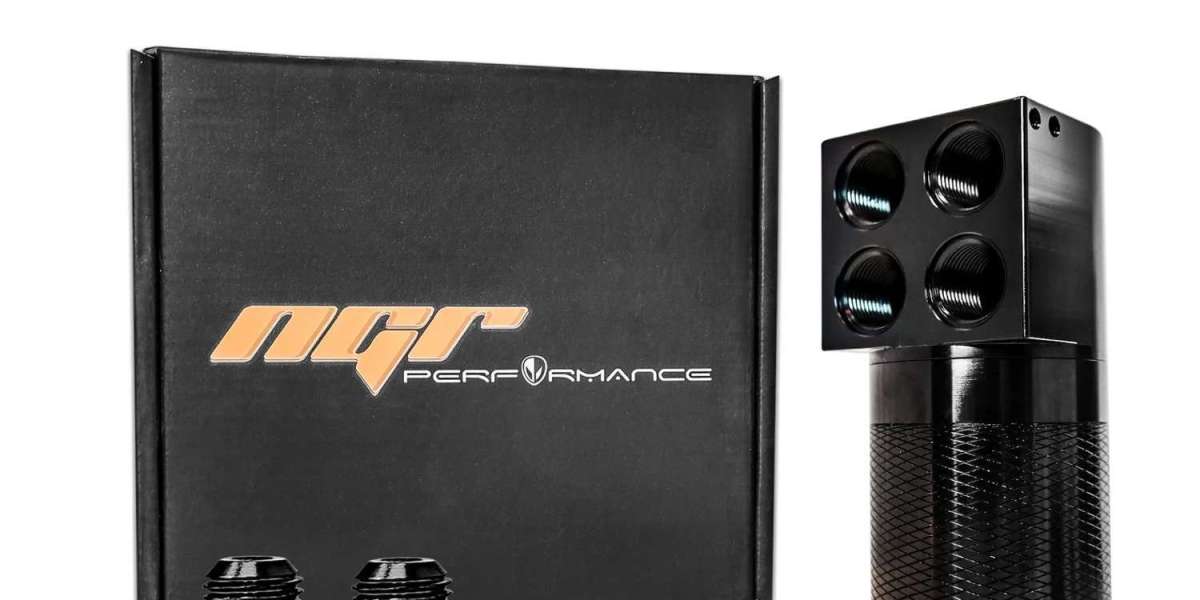An Oil Catch Can, also known as an oil catch tank or breather can, is a component used in automotive engines to improve performance and protect the engine from potential issues associated with the accumulation of oil vapors. Here's an overview of its purpose, features, and benefits:
Purpose:
The primary purpose of an Oil Catch Can is to intercept and collect oil vapors that result from the combustion process in the engine. In an internal combustion engine, some amount of blow-by gases containing oil mist can escape past the piston rings and enter the crankcase. Without proper management, these oil vapors can be recirculated back into the intake system, leading to several issues.
Features:
Separator Mechanism: The catch can features a separator or baffle system that separates oil vapors from the air. This prevents the oil from entering the intake manifold and affecting the air-fuel mixture.
Inlet and Outlet Ports: Typically, the catch can has inlet and outlet ports for the passage of gases. The inlet allows gases from the crankcase to enter the catch can, and the outlet releases filtered gases back into the intake system.
Internal Filtration: Some catch cans incorporate a filtration system to further remove impurities from the collected oil vapors, ensuring only clean gases are returned to the intake.
Drain Valve: To facilitate easy maintenance, an oil catch can often includes a drain valve. This allows users to periodically empty the accumulated oil without removing the entire unit.
Benefits:
Prevention of Carbon Buildup: By capturing oil vapors, the catch can prevents the buildup of carbon deposits on intake valves and in the intake manifold. This helps maintain optimal engine performance.
Reduced Engine Sludge: The separation of oil from blow-by gases reduces the likelihood of engine sludge formation, contributing to cleaner and more efficient engine operation.
Extended Engine Life: With fewer contaminants circulating in the intake system, the engine experiences less wear and tear, potentially leading to an extended lifespan.
Improved Performance: By preventing oil contamination of the air-fuel mixture, the catch can may contribute to improved combustion efficiency, leading to better engine performance and responsiveness.
Maintained Fuel Economy: A cleaner intake system often translates to more efficient combustion, which can positively impact fuel economy.



